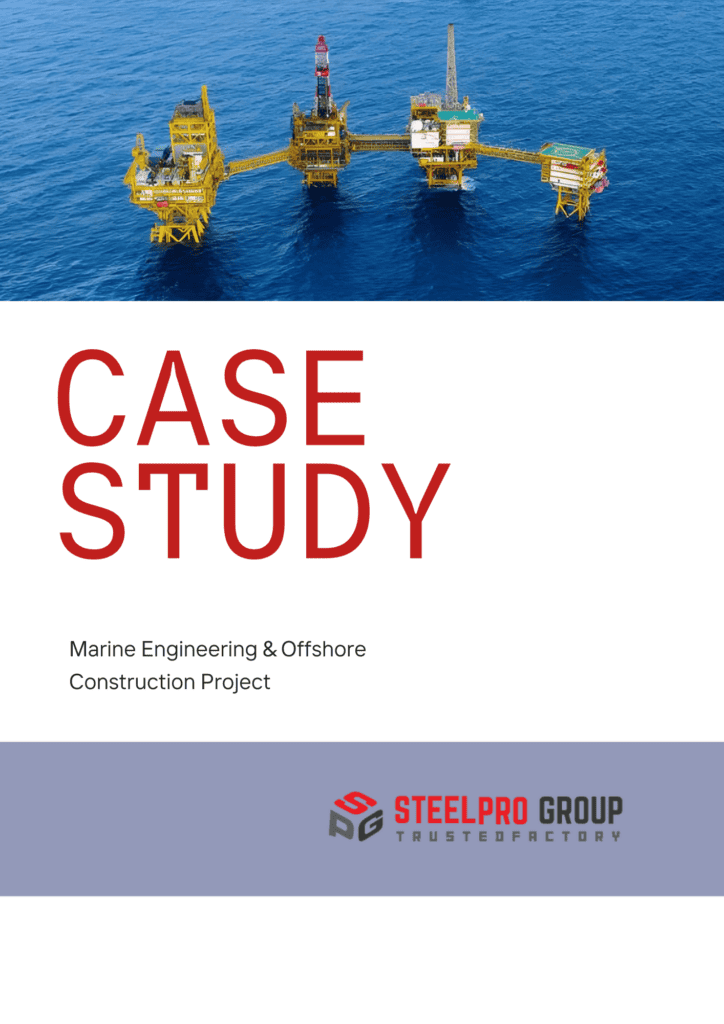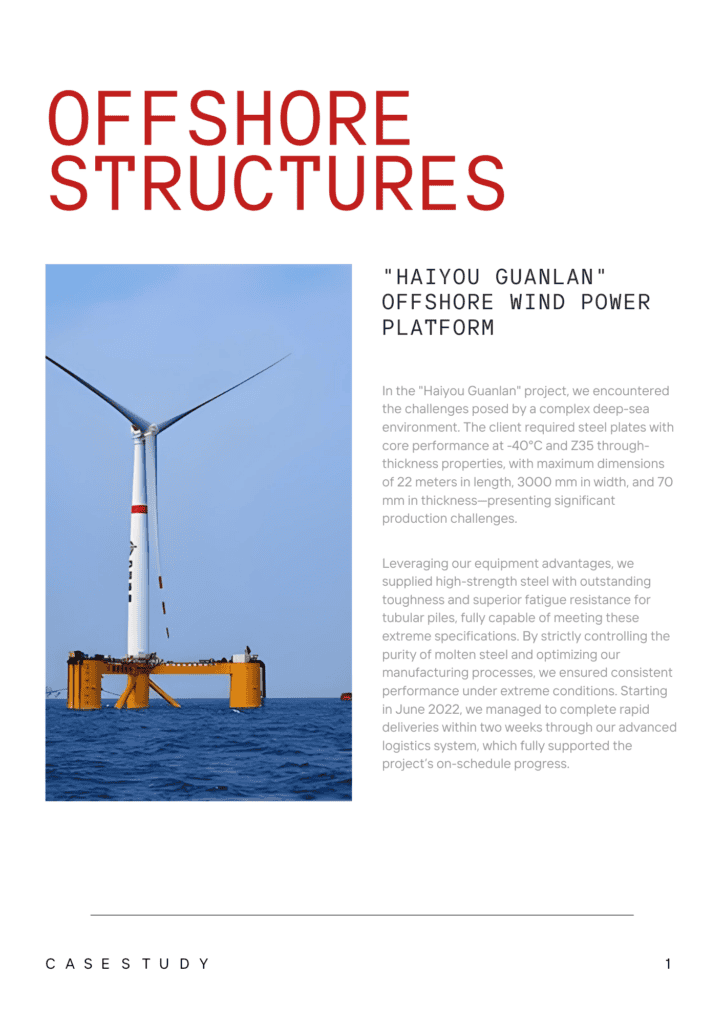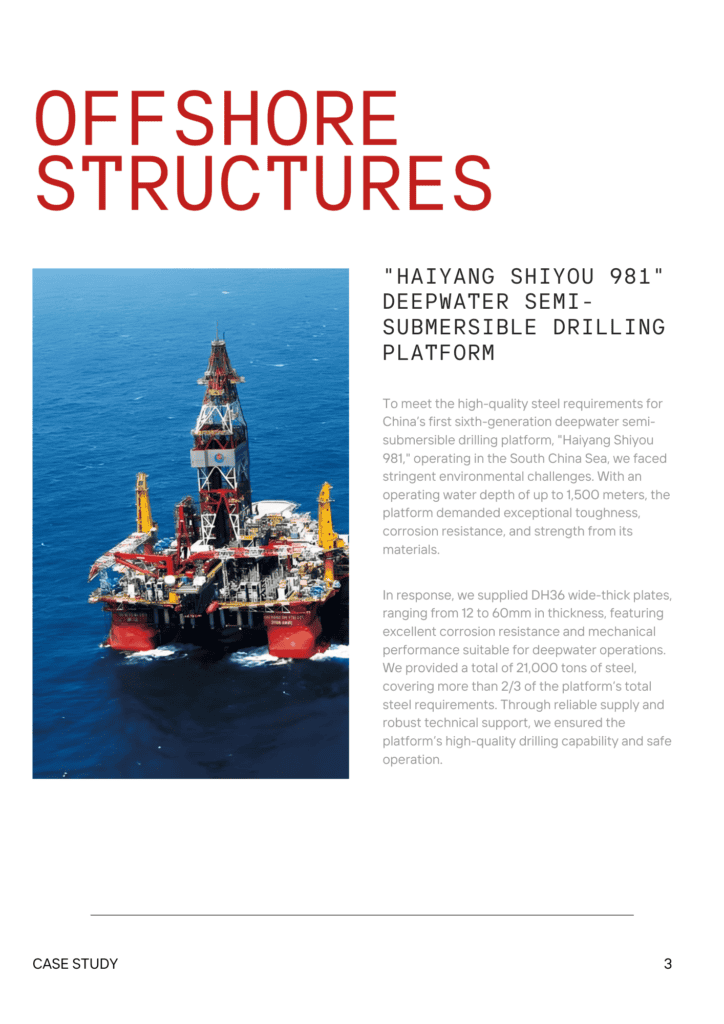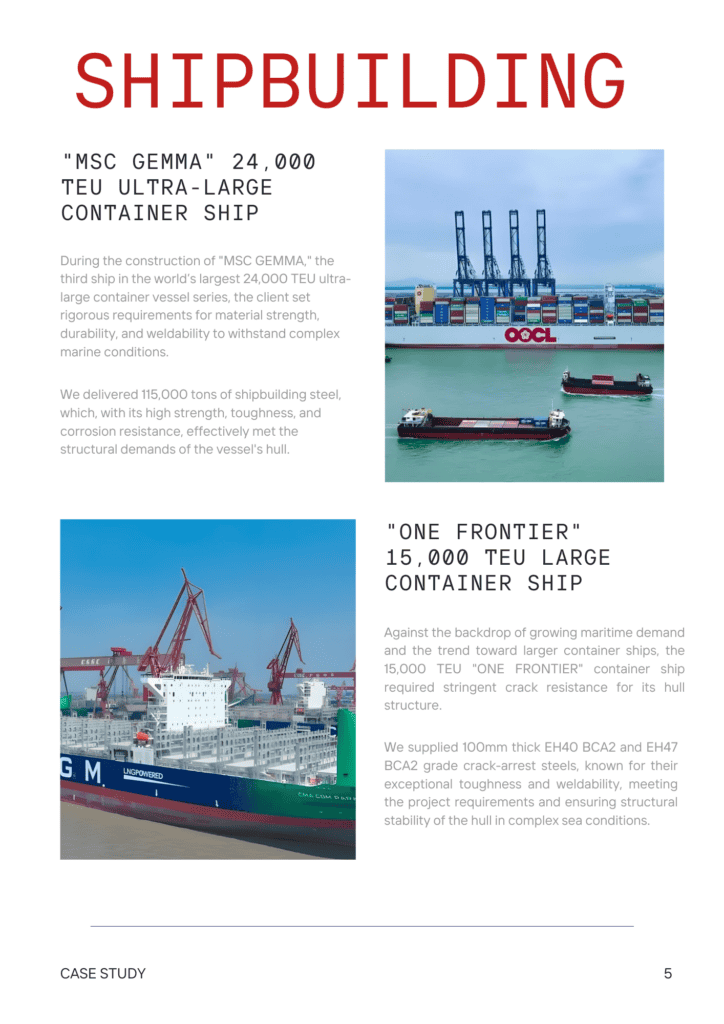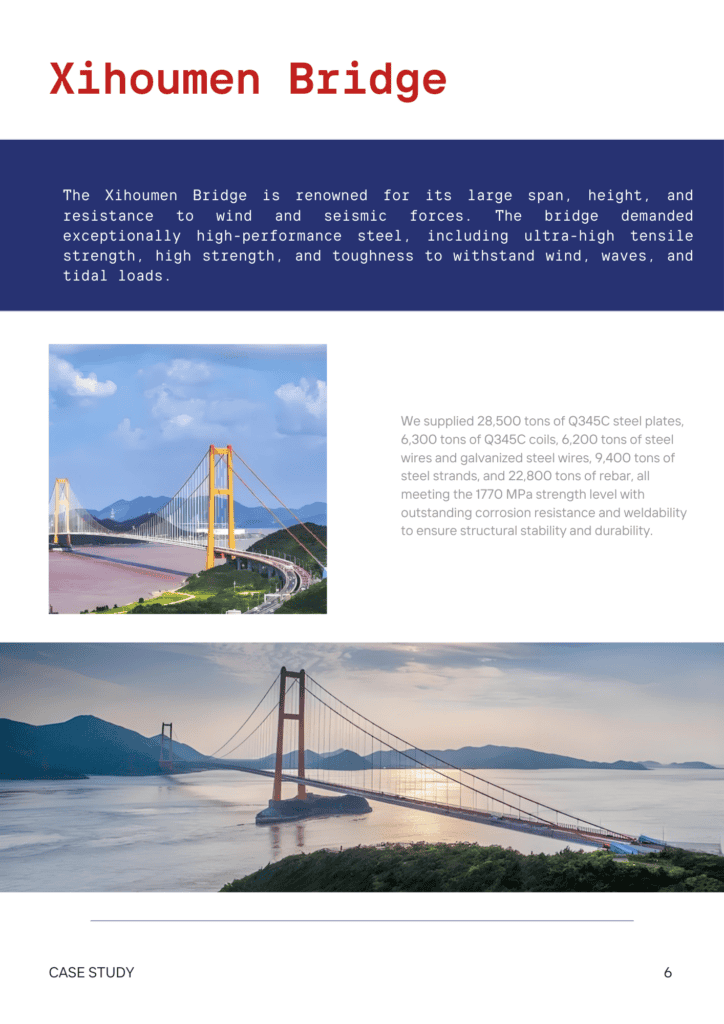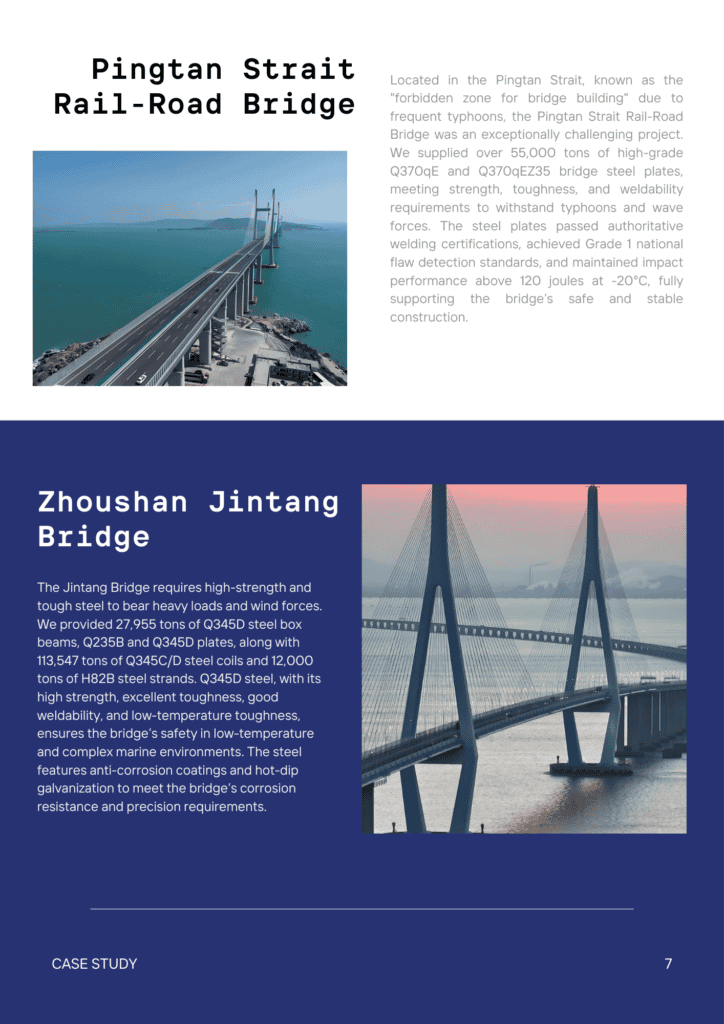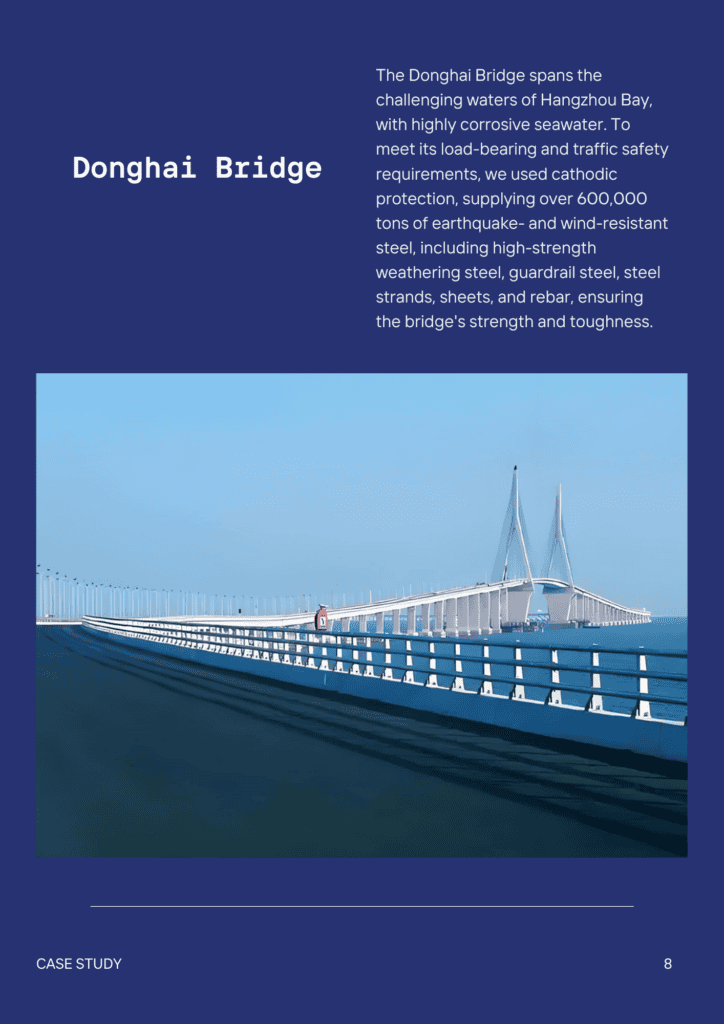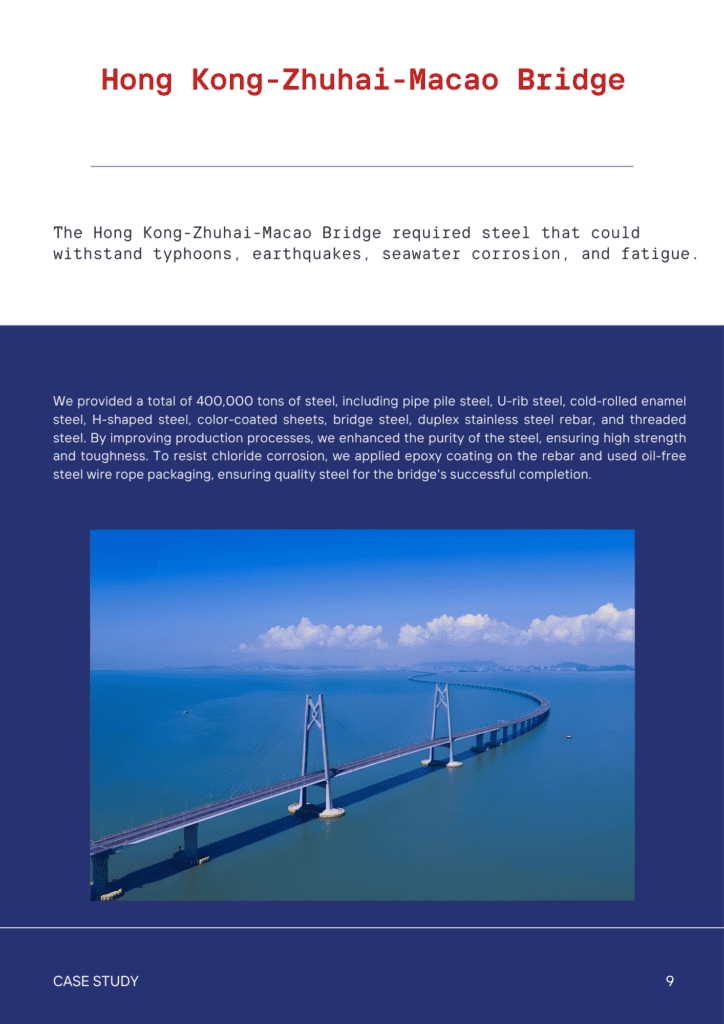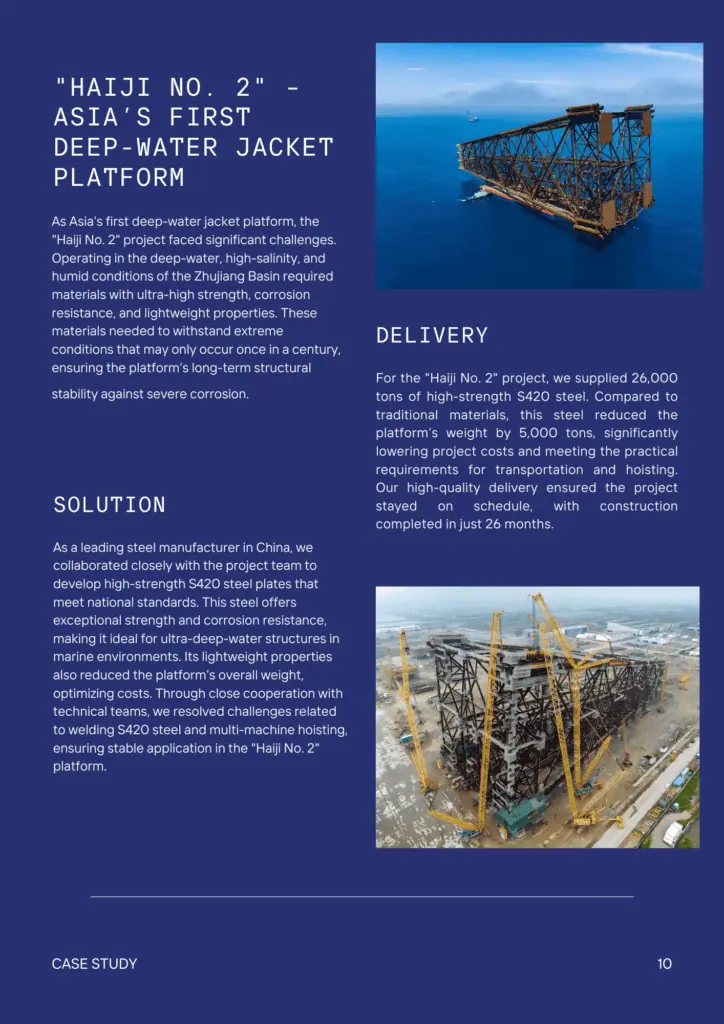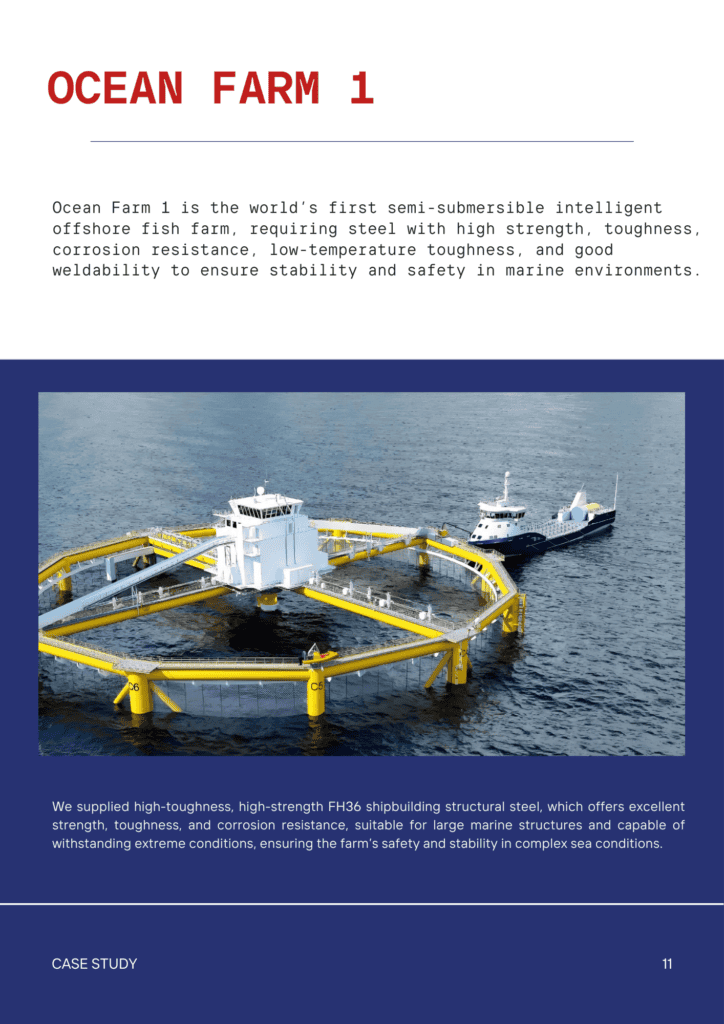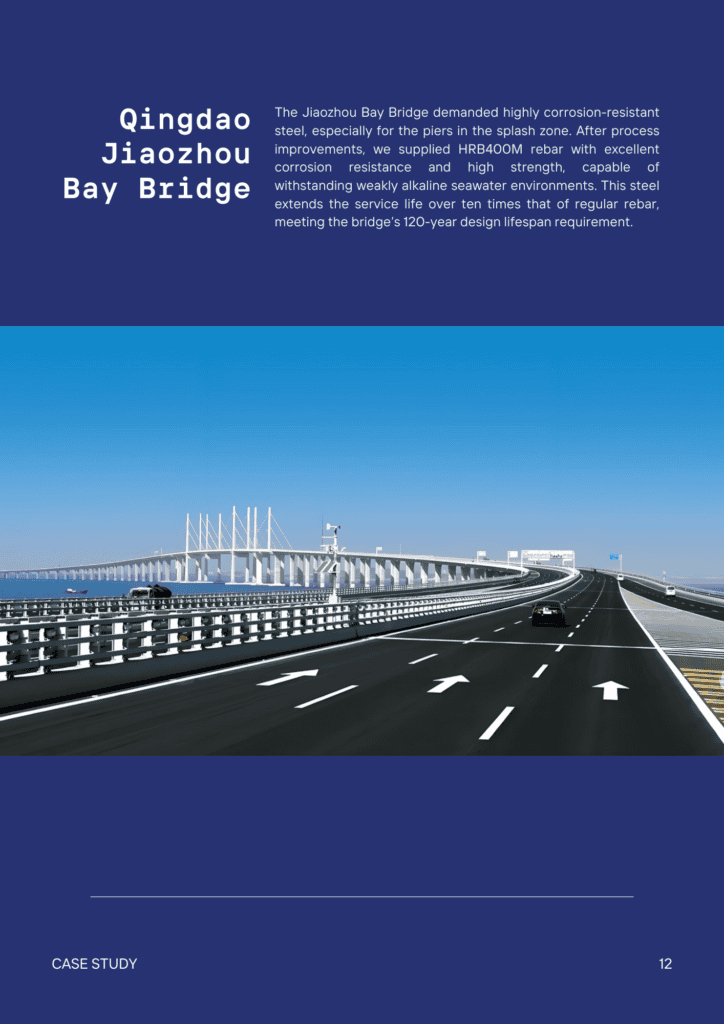Contents
Nitralloy 135M Steel | Nitralloy 135 Modified Vac-Arc Steel Guide
- John
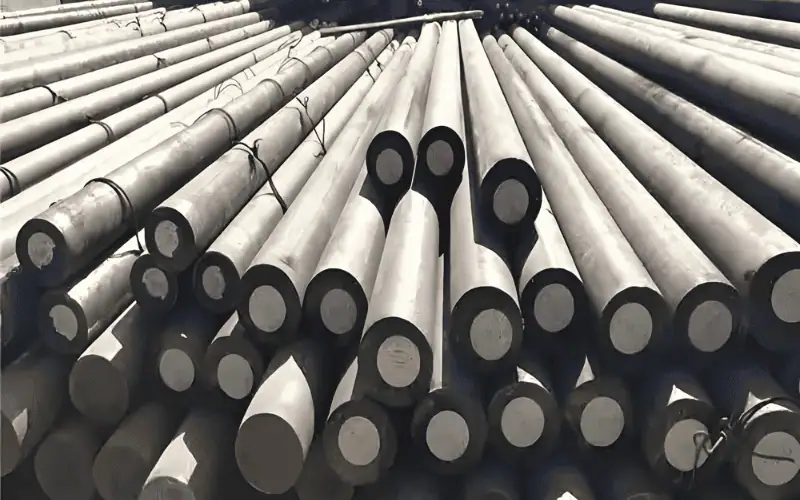
Industries requiring superior wear resistance and stability rely on Nitralloy 135M for its exceptional performance. At SteelPro Group, we provide materials like high-quality Nitralloy 135M in various forms and sizes, tailored to exact specifications. This article explores its key properties, industry standards, product options, and essential heat treatment processes.
What Is Nitralloy 135 Steel?
Nitralloy 135M is a low-alloy nitriding steel designed for high surface hardness, wear resistance, and core strength. It forms a hard nitrided case without significant distortion, making it ideal for gears, shafts, crankshafts, and bolts in aerospace, industrial, and defense applications.
Produced through VAC-ARC or VIM-VAR remelting, it has high microcleanliness and refined grain structure, enhancing fatigue strength and durability. Unlike conventional steels, it achieves hardness through nitriding instead of quenching, ensuring greater dimensional stability.
SteelPro Group Nitralloy 135M is available in various forms, including hot-rolled bars, billets, centerless ground bars, and cold-drawn bars. Our products meet multiple industry specifications, such as AMS 6470, AMS 6471, and AMS-S-6709.
Nitralloy 135 Steel Specifications
- AMS 6470, AMS 6471, AMS-S-6709 – Aerospace-grade nitriding steel specifications
- ASTM A29, ASTM A355 – Alloy steel bar and heat treatment standards
- B50TA314 (GE), Bell Helicopter 299-947-036, 299-947-083 – Manufacturer-specific requirements for precision components
Nitralloy 135 Alloy Steel Properties Overview
- High hardness (60+ HRC after nitriding)
- Superior wear and fatigue resistance
- Minimal distortion during heat treatment
- Good corrosion resistance
Nitralloy 135 Steel Chemical Composition
| Elements | Content |
| Carbon (C) | 0.38 – 0.43% |
| Silicon (Si) | 0.20 – 0.40% |
| Manganese (Mn) | 0.50 – 0.80% |
| Chromium (Cr) | 1.40 – 1.80% |
| Molybdenum (Mo) | 0.30 – 0.40% |
| Aluminum (Al) | 0.95 – 1.30% |
| Nickel (Ni) | ≤ 0.25% |
| Copper (Cu) | ≤ 0.35% |
| Sulfur (S) | ≤ 0.025% |
| Phosphorus (P) | ≤ 0.025% |
| Iron (Fe) | Balance |
Nitralloy 135 Steel Mechanical Properties
| Property | Size (inches/cm) | ||
| ≤ 1½ inches (≤3.8 cm) | 1½ – 3 inches (3.8 – 7.6 cm) | 3 – 5 inches (7.6 – 12.7 cm) | |
| Tensile Strength | 135 ksi (930 MPa) | 125 ksi (860 MPa) | 110 ksi (760 MPa) |
| Yield Strength | 100 ksi (690 MPa) | 90 ksi (620 MPa) | 85 ksi (580 MPa) |
| Elongation (%) | 16% | 15% | 15% |
| Reduction of Area (%) | 50% | 40% | 40% |
| Hardness (HBW) | 280 – 340 | 280 – 340 (surface) | 269 – 321 (surface) |
| Quenching Method | Oil Quenched | Oil Quenched | Water Quenched |
| Tempering Temperature | 1200°F (648°C), air cooled | 1200°F (648°C), air cooled | 1200°F (648°C), air cooled |
Nitralloy 135 Steel Physical Properties
| Property | Imperial Value | Metric Value |
| Density | 0.297 lbs/in³ | 8.22 g/cm³ |
| Melting Point | ~2600°F | ~1427°C |
Nitralloy 135 Steel Products Specification
SteelPro Group offers hot-rolled, centerless ground, rough-turned, and cold-drawn 135m bars, ensuring high precision and reliability for demanding applications. Custom sizes can be provided upon request to meet specific engineering requirements.
| Product Form | Diameter / Thickness Range | Length |
| Hot-Rolled Round Bars | 0.50” – 10” (12.7mm – 254mm) | Up to 20 ft (6m) |
| Cold-Drawn Round Bars | 0.25” – 3” (6.35mm – 76.2mm) | Up to 12 ft (3.6m) |
| Centerless Ground Bars | 0.50” – 4” (12.7mm – 101.6mm) | Up to 12 ft (3.6m) |
| Rough-Turned Bars | 2” – 12” (50.8mm – 304.8mm) | Custom lengths available |
Nitralloy 135 Steel Applications
Nitralloy 135M is widely used in industries that demand high surface hardness, wear resistance, and dimensional stability after nitriding.
- Aerospace: Aircraft gears, shafts, pinions, crankshafts, camshafts, and high-strength bolts.
- Defense: Weapon components, military vehicle gears, and aerospace-grade structural parts.
- Industrial & Transportation: High-performance crankshafts, precision fasteners, heavy-load machine components.
- Tooling & Manufacturing: Die and mold components, cutting tools, and forming tools.
Nitralloy 135 Steel Heat Treatment
1. Forging
- Heating Temperature: 2000-2025°F (1093-1107°C)
- Minimum Forging Temperature: 1700°F (927°C)
- Cooling Method: Air cool after forging to avoid unwanted grain coarsening.
Maintaining a uniform heat distribution is crucial to prevent structural inconsistencies. The steel should not be forged below 1700°F (927°C) to retain optimal mechanical properties.
2. Annealing
Two annealing methods can be applied depending on the final application:
- Full Annealing:
Temperature: 1700°F (927°C)
Cooling Method: Slow cooling in the furnace.
- Subcritical Annealing (Stress Relieving):
Temperature: 1250-1300°F (675-704°C)
Cooling Method: Controlled slow cooling to enhance machinability.
This step is crucial for improving ductility and machinability, especially before further heat treatment or machining processes.
3. Normalizing
- Temperature: 1800°F (982°C)
- Soaking Time: 1 to 4 hours, depending on section thickness.
- Cooling Method: Air cooling.
Normalizing refines the grain structure, removes residual stresses, and enhances toughness before hardening operations.
4. Austenitizing & Quenching
To achieve the desired core strength and microstructure before nitriding, austenitizing and quenching must be performed:
- Austenitizing Temperature:
1700-1750°F (927-954°C)
- Holding Time:
0.5 hours per inch (2.54 cm) of cross-section.
- Quenching Medium:
Oil Quenching (recommended for cross-sections ≤1 inch or 2.54 cm).
Water Quenching (preferred for sections >1 inch or 2.54 cm to ensure uniform hardness).
This process ensures high strength and toughness, preparing the material for subsequent tempering and nitriding.
5. Tempering
- Temperature Range: 1000-1300°F (538-704°C)
- Soaking Time: 1 hour per inch (2.54 cm) of thickness
- Cooling Method: Air cooling
Tempering relieves residual stresses from quenching and adjusts hardness based on application requirements.
- Lower Tempering Temperatures (~1000°F / 538°C) → Higher hardness
- Higher Tempering Temperatures (~1300°F / 704°C) → Improved toughness
6. Nitriding
Nitriding is the most critical process for Nitralloy 135M, providing superior surface hardness and wear resistance.
The nitriding cycle parameters depend on specific performance requirements:
- Temperature Range: 900-1100°F (482-593°C)
- Process Atmosphere: Dissociated ammonia gas or controlled nitriding environment
- Time: Varies based on application
During nitriding, nitrogen diffuses into the surface, forming a high-hardness nitride layer while preserving the core strength. This eliminates the need for additional quenching, minimizing dimensional distortion.
Get High-Performance Nitralloy 135M Steel
At SteelPro Group, we supply top-quality steel like Nitralloy 135M in a variety of sizes and forms, ensuring reliable performance. Our materials meet strict industry standards and undergo rigorous quality control, so you get steel that performs consistently under extreme conditions.
Whether you need standard sizes or custom-engineered solutions, our experts are ready to help you find the right fit!



